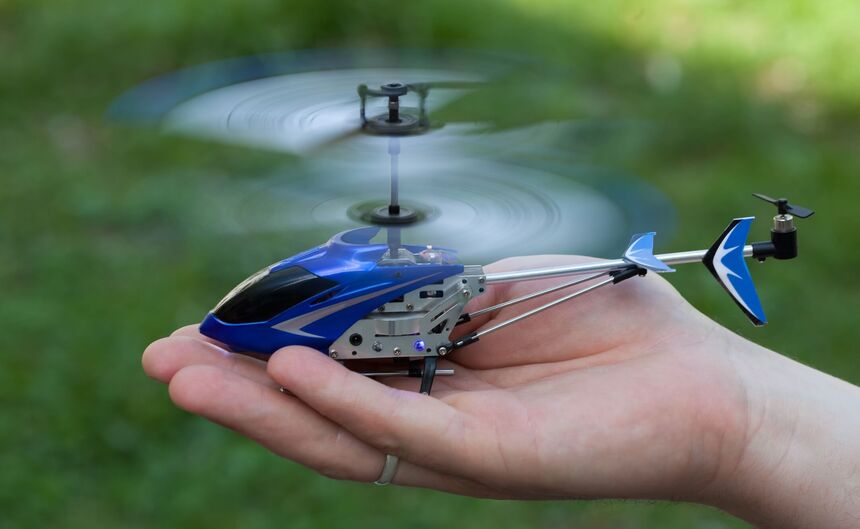
- #DRONE DEFINITION GENERATOR#
- #DRONE DEFINITION FULL#
- #DRONE DEFINITION ANDROID#
- #DRONE DEFINITION SOFTWARE#
Uses codegen instead of reflection for performance with Coroutines, RxJava2 and RxJava3 support. Getting started guide and inline JSDoc, along with some examples.
#DRONE DEFINITION GENERATOR#
TypeScript code generator for data classes with tools to receive and send messages. Provides a gradle plugin for the code generator. Go library with support for MAVLink 1, 2 and signing, test suite, and documentation Has docs, examples, test, support for routing and mavgen mimicry. Highly efficient C library with python code generators.

The following generators are delivered by independent projects (and supported by those projects). Generated lua scripts should be copied to the Wireshark plugin directory (e.g. Does not support zero trimming of MAVLink 2 messages.Īllow MAVLink-aware packet inspection in Wireshark. TypeScript classes which can be used with node-mavlink. Slightly incompatible with previous version, but not hard to migrate.
#DRONE DEFINITION FULL#
Full test suite, resulting library produces binary compatible output compared to C bindings.

Old mavgen JavaScript binding (has known bugs and no test suite). Library also available on PyPi: pymavlink.ĭronefleet offers a more idiomatic generated library Generated libraries are also published for both protocol versions. This is the MAVLink project reference implementation. The MAVLink organisation provides (and supports) the mavgen, mavgenerate and rust-mavlink tools. The sections below lists MAVLink generators and their associated programming languages. between a GCS and drone, and between drone autopilot and MAVLink enabled drone camera).
#DRONE DEFINITION ANDROID#

The generated libraries are typically MIT-licensed, and can therefore be used without limits in any closed-source application without publishing the source code of the closed-source application.
#DRONE DEFINITION SOFTWARE#
The reference message set that is implemented by most ground control stations and autopilots is defined in common.xml (most dialects build on top of this definition).Ĭode generators create software libraries for specific programming languages from these XML message definitions, which can then be used by drones, ground control stations, and other MAVLink systems to communicate.

Each XML file defines the message set supported by a particular MAVLink system, also referred to as a "dialect". MAVLink follows a modern hybrid publish-subscribe and point-to-point design pattern: Data streams are sent / published as topics while configuration sub-protocols such as the mission protocol or parameter protocol are point-to-point with retransmission. MAVLink is a very lightweight messaging protocol for communicating with drones (and between onboard drone components).


 0 kommentar(er)
0 kommentar(er)
